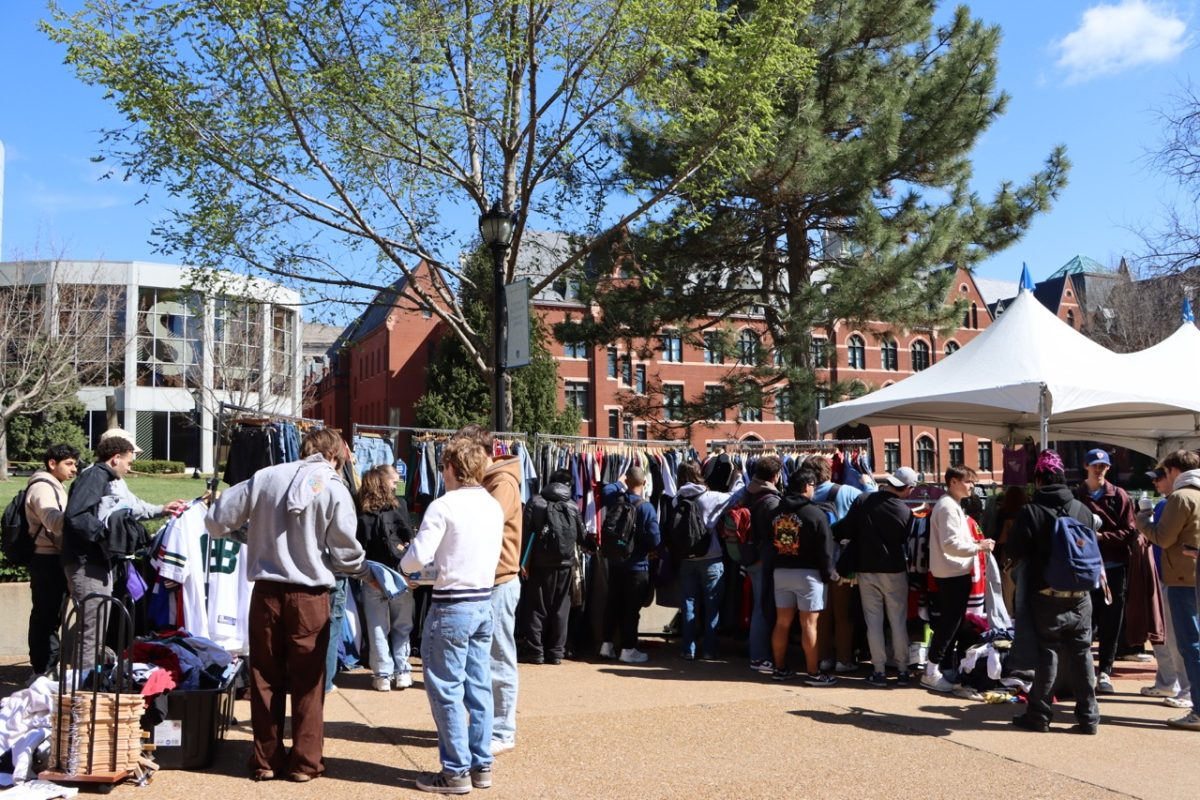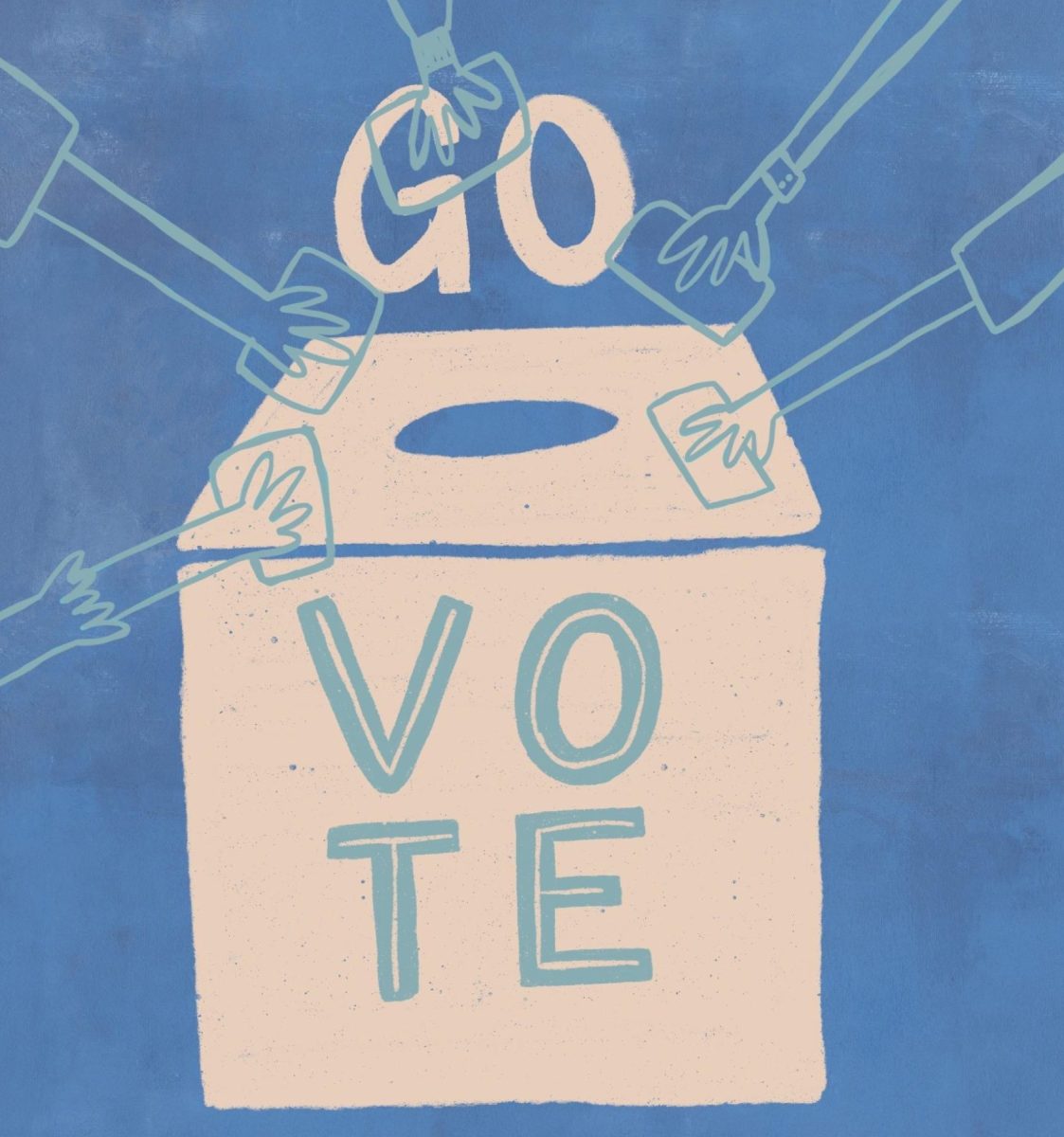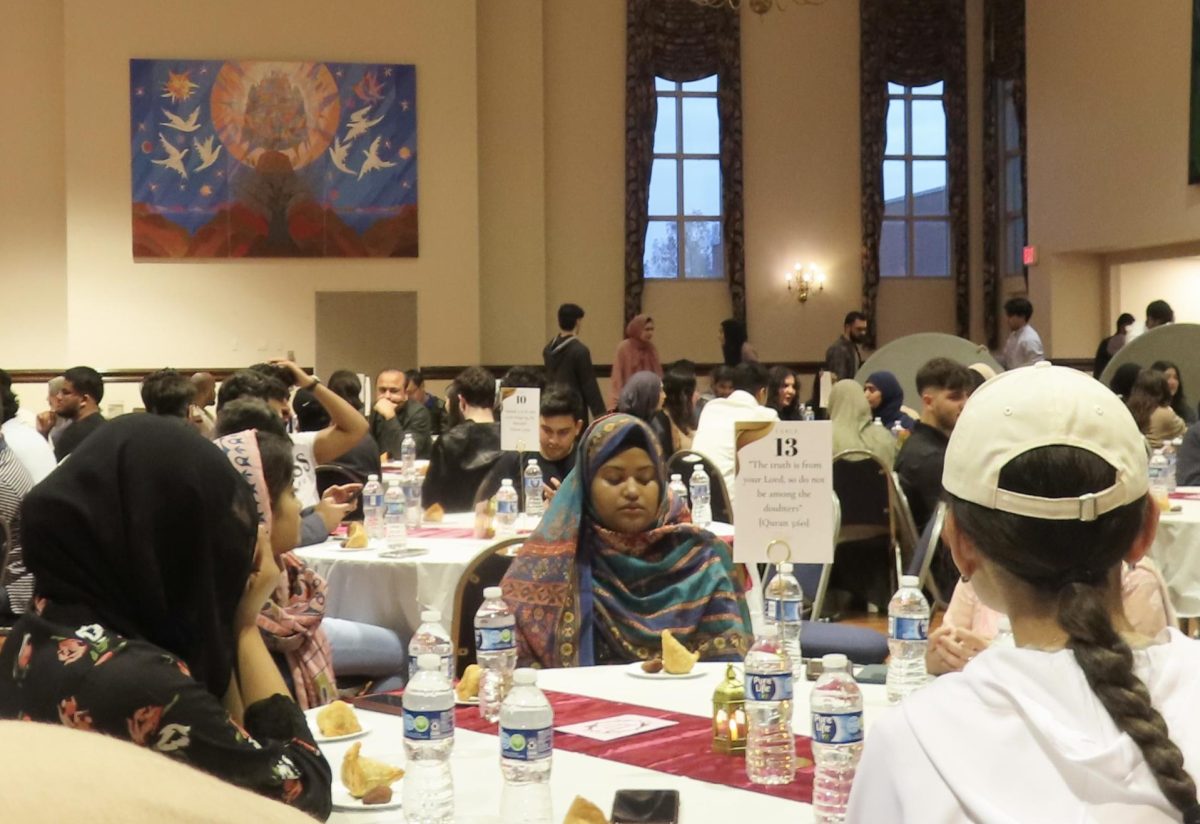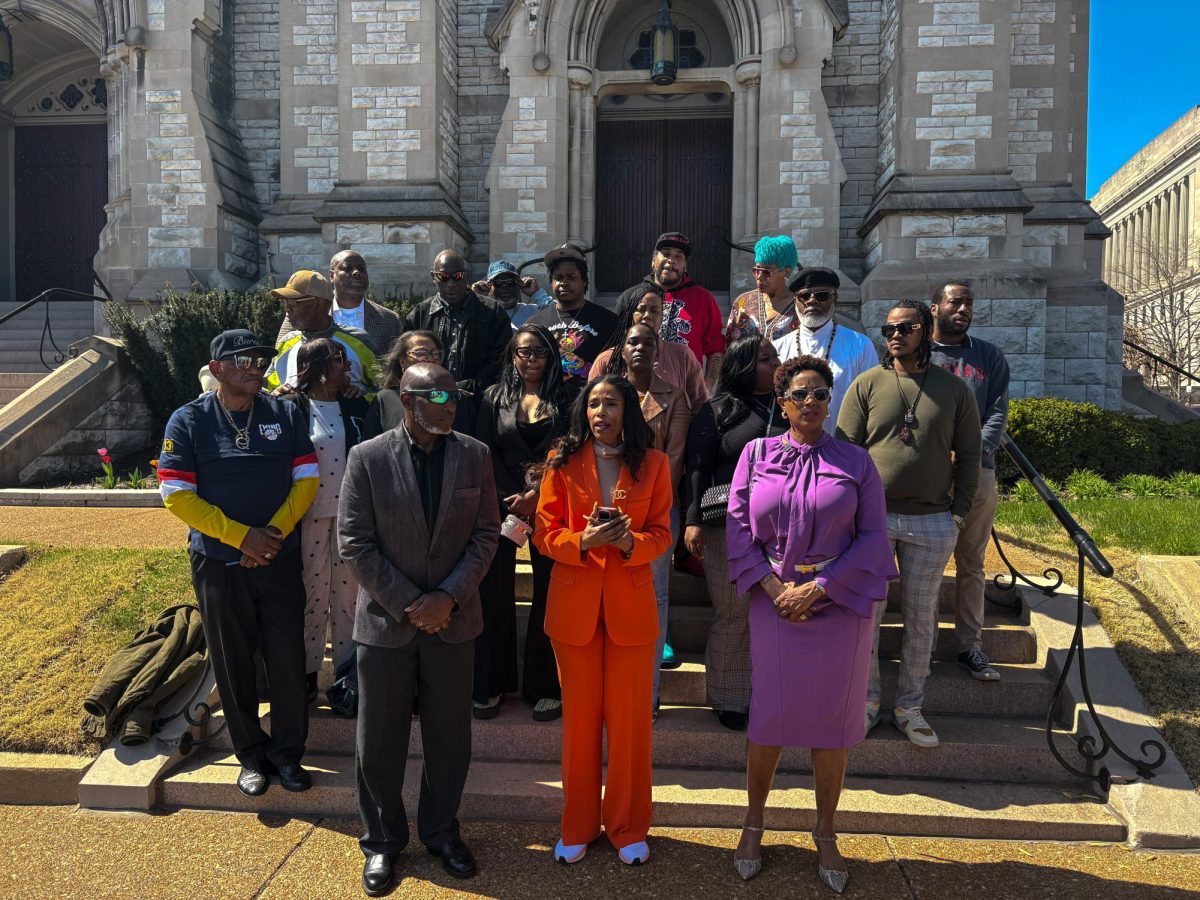Greg Stohr, Saint Louis University alumnus and Harvard Law
School graduate, spoke in Morrissey Hall’s Kniep Courtroom
Wednesday in an affirmative action discussion session held by the
VOICES Project.
Stohr is in his sixth year as the Supreme Court reporter for
Bloomberg News. Most recently he published “A Black and White Case:
How Affirmative Action Survived Its Greatest Legal Challenge,” a
book focusing on the issue of affirmative action in university
admissions policies.
“I hope that, in 25 years, affirmative action will no longer be
necessary,” Stohr said.
The former judicial clerk and Congressional campaign secretary
spoke briefly about his book, his decision to pursue law from a
journalistic perspective and his opinion of the Supreme Court’s
split decision regarding the University of Michigan’s law school
and undergraduate admissions programs in 2003.
While the Supreme Court upheld the law school’s consideration of
race and diversity as a factor in admissions in the case of Grutter
v. Bollinger, it found the point system used in undergraduate
admissions to be in violation of equal protection provisions of the
Constitution in the case of Gratz v. Bollinger.
“The distinction the court made is artificial,” Stohr said.
“Both schools wanted a critical mass [diverse group] of students
and worked to achieve this in an upfront manner.”
Although universities maintain their First Amendment right to
compose their classes as they choose, “diversity is not a good
basis for affirmative action,” Stohr said. “Diversity focuses on
the needs of the university and of white students.”
Stohr opines that a more effective way to implement affirmative
action in the admissions process would be to consider what would
happen if race was not considered. “There is a significant
credentials gap,” Stohr said. “If we didn’t use race in admissions,
schools would be predominantly white and Asian.”
Both University of Michigan cases were unique because of the
briefs submitted by corporations, such as General Motors, and
military leaders lending their support for affirmative action.
Stohr referenced racial tension within the ranks during the Vietnam
War as just an example of the many possible ramifications that
abandoning race as a factor in the decision process would
yield.
Likewise, it is in the genuine interest of many companies to
have affirmative action in universities.
“Companies rely on universities to produce a diverse workforce,”
Stohr said. “These contributions were unusual and made a big
difference in the case.”
Stohr’s perspective as both a law school grad and a journalist
lends him a unique perspective on court proceedings.
“The most interesting conversations I had were with two judges,
one opposed and one in favor of affirmative action,” he said. He
observed the disagreement that took place behind the scenes, and
experienced judges confiding in him about this discord. “It’s
fascinating that, even at that level, the case sparked so much
controversy.”
When asked about the potential longevity of this fairly recent
court ruling, Stohr said, “This decision is a fixture in
constitutional law for another generation.” He also noted that it
has been 10 years since the last turnover in the Supreme Court, the
longest such period since 1823.
“There isn’t a single person who looks like he or she is tired
of the job,” he said. “There is no guarantee that we will see
vacancies within the next few years.”
(Stohr’s visit was sponsored by VOICES, the Black Law Student
Association, Student Bar Association, Black Student Alliance,
Hispanic American Leadership Organization, McNair Scholars and
Martin Luther King Scholarships.)









